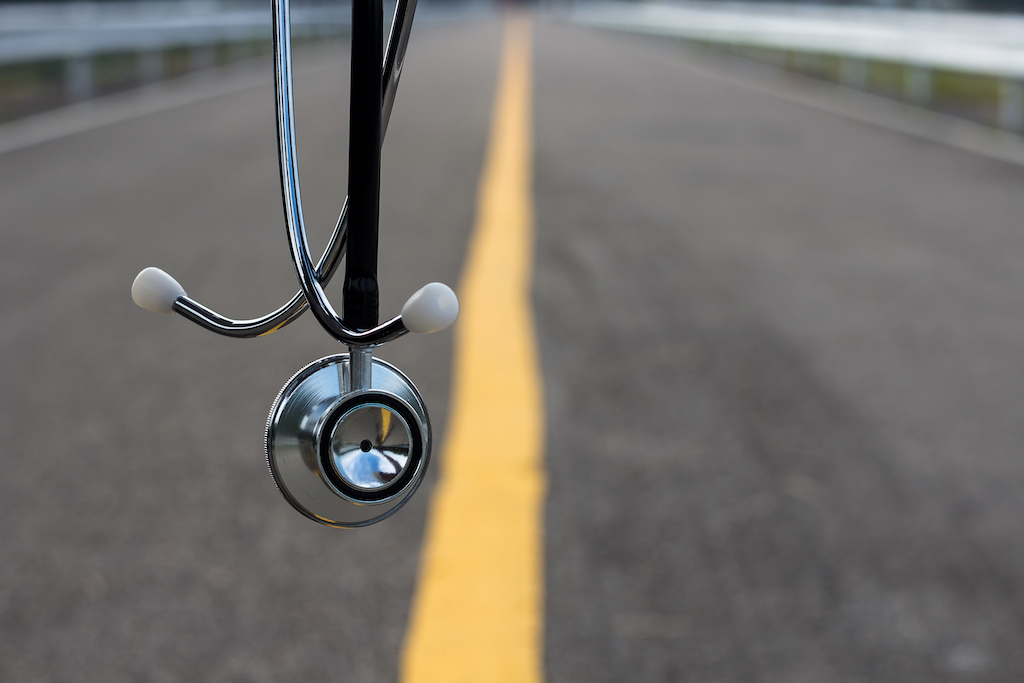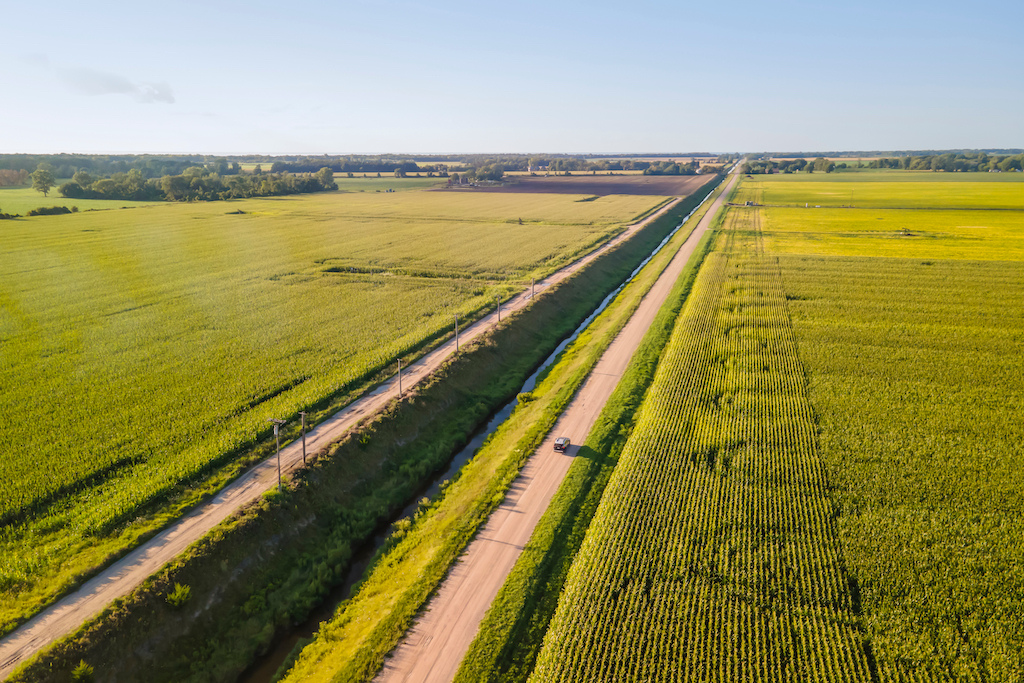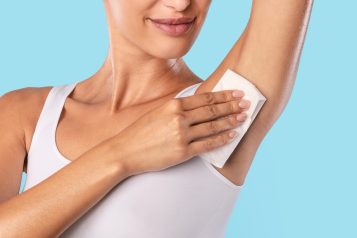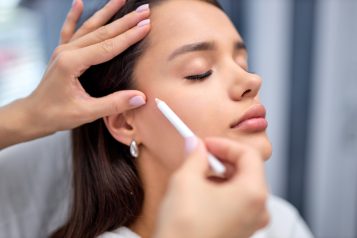Indigenous Dermatology: The Non-Profit Organization That Strives To Provide Dermatologic Care To Indigenous Tribes
 Photo Credit: Shutterstock
Photo Credit: Shutterstock
Regardless of who you are and what you do, there is always something that will make you stand out amongst the rest. In the case of Haute Beauty expert Dr. Anna Chacon, she has a passion for patients resolving their dermatologic conditions from the comfort of their homes – no matter where they are located.
In fact, Dr. Chacon is a key leader in Indigenous Dermatology, a non-profit organization created to deliver culturally relevant medicine and care to hard-to-reach indigenous communities throughout North America. To learn more about Dr. Chacon’s involvement in the non-profit and the key aspects that form the basis of the organization, Haute Beauty got the details; here’s what she shared.
What’s Indigenous Dermatology’s approach?
Indigenous Dermatology advocates for more culturally diverse curricula and perspectives in medical school training. In particular, it is essential to include indigenous groups in medical school and residency training. Centering indigenous groups in traditional Western-focused curricula and medical training will improve the health of the targeted communities and all U.S. citizens who live in rural areas with little access to specialized medicine.
This non-profit organization focuses on two main areas to break down these barriers to provide respectful, high-quality dermatologic care. First, to deliver dermatologic services to communities directly, no matter how far or hard to reach. Second, work to change how the field of medicine includes and teaches about indigenous skin in the medical school curriculum. To make long-term, impactful change, we must work through the existing infrastructure of education and medicine in the United States.
Indigenous Dermatology aims to address long-standing healthcare inequities that have disproportionately affected the growth and dignity of indigenous groups in the United States. To do this, we combine biomedical and demographic data with empirical research methods to identify and address how attitudes and policies can work together to support indigenous groups. This work is guided by a social justice lens that centers on indigenous groups as the original caretakers of this land.
At Indigenous Dermatology, we deliver high-quality, culturally sensitive dermatologic care to rural, remote indigenous communities in the United States. We advocate for medical schools to include indigenous skin in their curriculum in order to raise awareness about indigenous communities and create a more inclusive healthcare workforce. We educate by hosting discussion groups and lectures about unique skin conditions that specifically affect indigenous groups.
 Photo Credit: Shutterstock
Photo Credit: Shutterstock
How have you been able to improve remote healthcare?
Working remotely to provide clinical services to patients, monitor patients’ health, consult with other healthcare professionals, and give patients access to educational materials in underserved and very remote places.
How much of your day is spent talking with remote patients?
Approximately 50% or more of my day, depending on the number of rural clinics I have scheduled.
Will you ever consider opening an office in an area outside the US?
Not to my knowledge as licensing is difficult. I have thought about moving to Puerto Rico or the Bahamas for tax purposes, and I am also collaborating with Univision to do a show called the price of beauty which will be taking place in different countries.
With indigenous dermatology, is there anything you can’t diagnose from afar?
Pigmented lesions are difficult as they require closer examination, dermoscopy, and occasional biopsies to confirm the histologic diagnosis.
For more information, visit Dr. Brian A. Levine's social media:

























